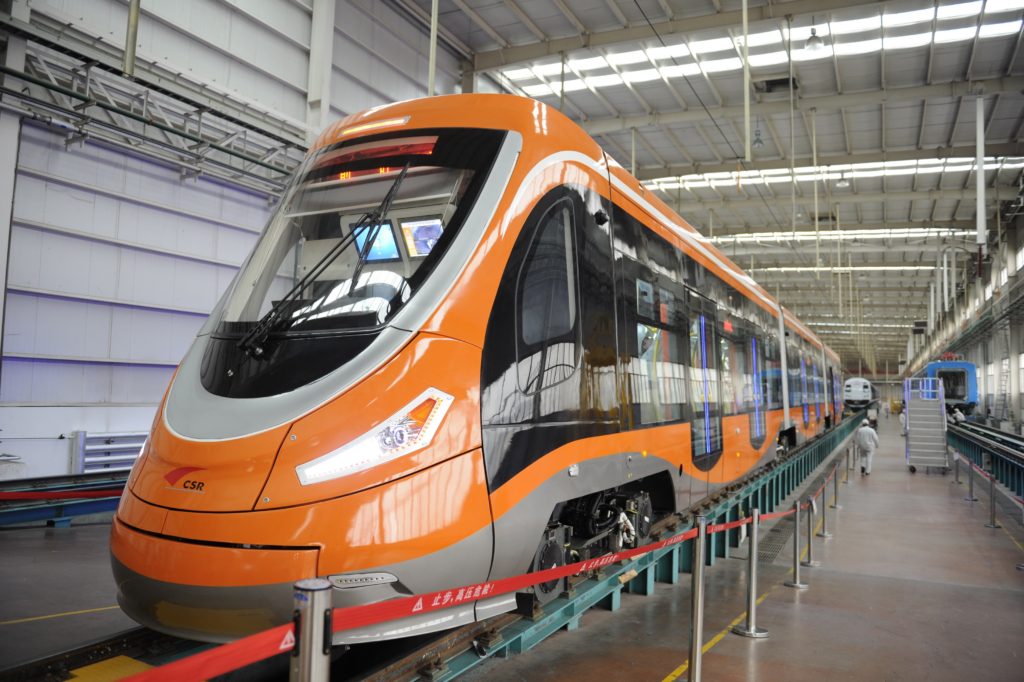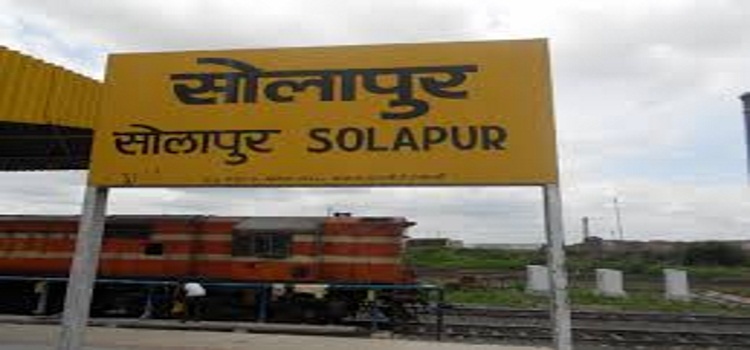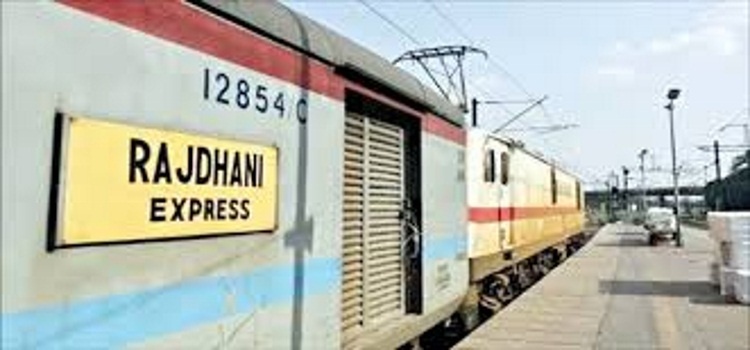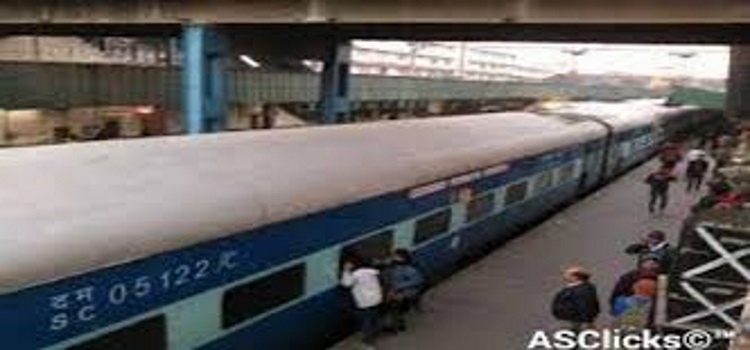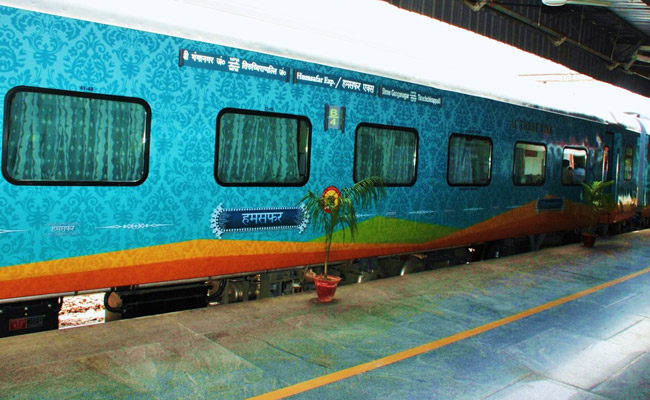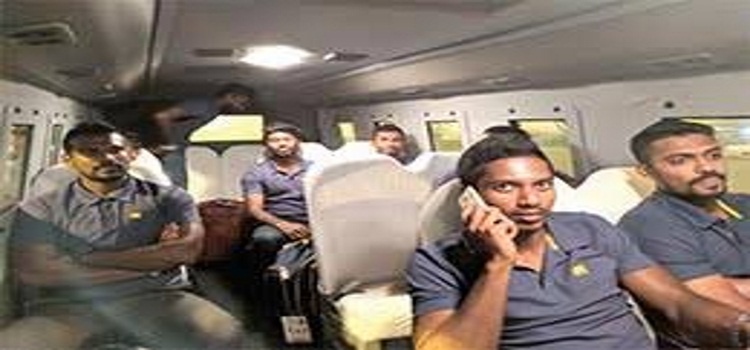
Prolonged disruption in rail services to and from the rest of the country due to massive floods in eastern Bihar during August last has affected the finances of the Maligaon-headquartered Northeast Frontier Railway (NFR), with the zone registering a double-digit fall in overall revenues on an annual basis during the first half of the current fiscal. However, earnings from the goods segment went up during the period under review.
Latest data shows that the total approximate gross earnings of the NFR on originating basis during the April-September period of 2017-18 stood at Rs 1,550.94 crore as compared to Rs 1,802.65 crore during the corresponding period of the last financial year. This amounted to a decline of 13.96 per cent in total earnings for the railway zone year-on-year.
The NFR’s passenger revenue during the first six months of the current fiscal was Rs 742.04 crore as against Rs 807.26 crore in the April-September period of 2016-17, registering a fall of 8.08 per cent.
Revenue from other coaching also went down by 9.18 per cent annually during the April-September period this year to Rs 108.74 crore. The earning from other coaching was Rs 119.73 crore in the first half of the last fiscal.
Similarly, sundry earnings of the NFR in the first six months of 2017-18 went down by 76.87 per cent to a mere Rs 64.64 crore as against Rs 279.42 crore in the year ago period.
However, earnings from goods on originating basis increased by 6.59 per cent to Rs 635.52 crore in the period under review. The NFR’s goods revenue has stood at Rs 596.24 crore in the same period of the last financial year.
Official sources attributed the annual growth in goods earnings to the low base.
Interestingly, the NFR was among the only six of the total 17 zones of the Indian Railways to have registered a year-on-year decline in its gross earnings during the first half of the current fiscal. The other five zones which have performed badly are the Eastern Railway (Kolkata), the Northern Railway (Delhi), the Southern Railway (Chennai), the South Western Railway (Hubli) and the Western Railway (Mumbai).
The total gross earnings on originating basis of the Indian Railways as a whole increased by over 5.8 per cent on an annual basis to Rs 81,686 crore in the first half of this fiscal.
Meanwhile, the approximate number of passengers booked in the NFR zone touched 51.04 million during the period from April 1 to September 30 this year. This is an increase of 4.21 per cent over the figure of 48.98 million recorded during the corresponding period of last year.
Commenting on the latest numbers, officials said the Bihar floods had severed railway link between the NFR zone and the rest of the country for over three weeks during August and it is the main reason for the poor earnings. Officials further said with services back on track, the revenue figures are expected to get better during the second half of this fiscal.
They added that expansion of railway services to remote parts of the North-east as well as progress in double-tracking will boost both passenger and goods traffic in the region, thus helping the NFR further augment its earnings.

